1. They Mix Eras Without Apology
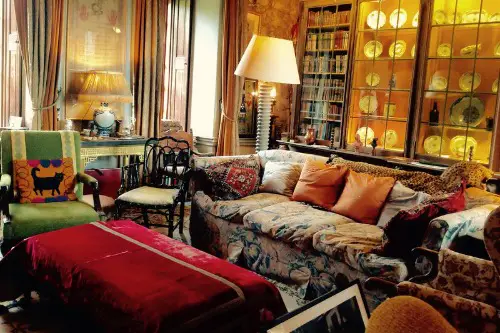
Instead of following a single style guide—like mid-century modern or Scandinavian—stylish homes are blending historical elements with contemporary flair. A Victorian armchair might sit next to a neon acrylic side table, and no one blinks. The goal isn’t coherence—it’s curiosity. By abandoning strict timelines, these homes feel collected, not copied.
This approach reflects lived experience, not a showroom’s instruction. Designers are prioritizing emotional connection and aesthetic contrast over chronological order. The result feels personal, layered, and refreshingly unpolished. Style now tells a story—chapter by chapter, not one genre.
2. They Break Color “Rules” for Mood
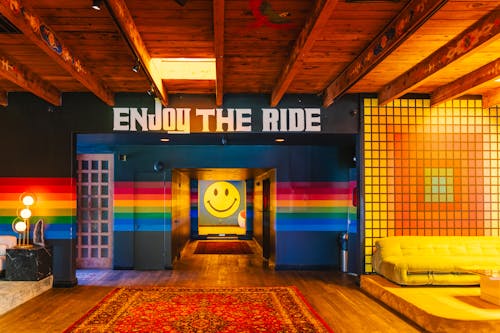
Forget beige as the backdrop—people are using vibrant, moody, or nostalgic colors where they’re “not supposed to.” Deep plum kitchens and ochre bathrooms defy conventions and delight the senses. These palettes are chosen to reflect feeling rather than resale value or design consensus. Walls are becoming emotional mirrors.
Color is being treated like music: mood-setting, expressive, even rebellious. Neutrals aren’t out, but they’re playing backup to richer tones. Whether it’s a sage ceiling or lavender trim, rules about “appropriate” hues have lost their grip. Feeling is finally leading form.
3. They Layer Patterns Without Permission
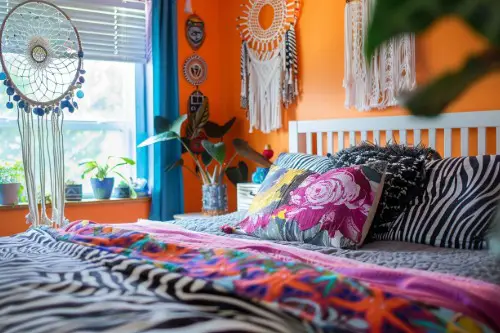
Stylish homes in 2025 are mixing stripes, florals, and abstracts with zero concern for the rule of three or visual quiet. Pattern on pattern has evolved into texture layering—with rugs on wallpaper, printed lampshades next to bold textiles. It’s joyful and unapologetic. Style now embraces stimulation, not subtraction.
By tossing out formulaic pairings, designers unlock visual playfulness. These spaces don’t calm—they engage. The mix reflects personalities, not Pinterest boards. Vibrancy is the new harmony.
4. They Ignore Trends for Sentiment
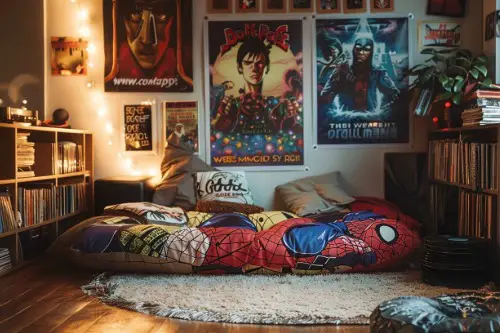
Instead of chasing “what’s next,” stylish homeowners are decorating with things they already love—family heirlooms, thrifted oddities, childhood artwork. It’s not about looking current; it’s about feeling present. Nostalgia and emotional resonance now carry more weight than glossy status symbols. Heart leads over hype.
This shift makes homes more resilient to trend fatigue. When your decor tells your story, it doesn’t expire. Style becomes autobiographical—deeply specific, endlessly evolving. The best homes aren’t trend-proof—they’re self-proof.
5. They Prioritize Function Over Form (But With Style)
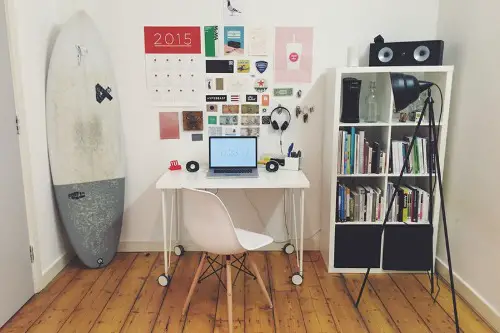
Beautiful, delicate pieces are being swapped for hardworking, character-rich alternatives. Think a vintage steel filing cabinet used as a coffee table, or a worn-in leather bench that doubles as storage. These choices say: “I live here—and I’m not afraid of showing it.” Design has quit performing and started serving.
Function isn’t the enemy of beauty—it’s just been miscast. When a space supports your actual lifestyle, it shines with authenticity. Utility adds texture when chosen deliberately. Practical doesn’t mean boring—it means brave.
6. They Blend High and Low—Intentionally
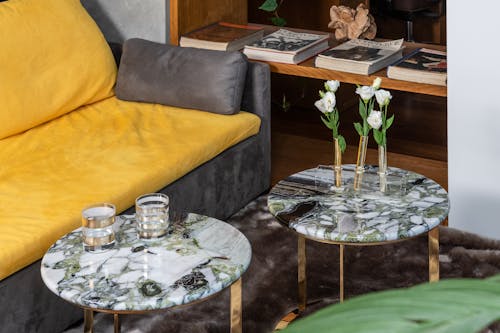
Homes now feature secondhand finds next to designer statements, showing taste isn’t tied to price tag. A flea market mirror beside a sculptural $5k sofa tells a more interesting story than any matched set. The look says: “I know what I like—and I find it anywhere.” Styling is becoming democratic.
This shift embraces imperfection, ingenuity, and surprise. Craftsmanship matters, but so does charm. No one’s judging the label—they’re admiring the mix. Chic now includes the garage sale.
7. They Leave Space for Change
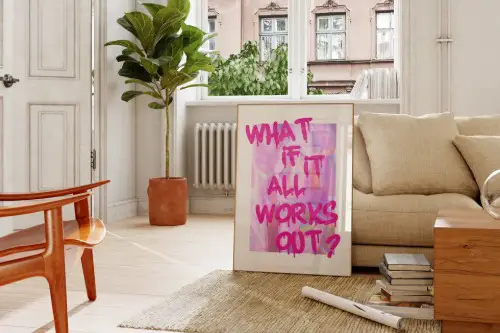
Stylish homes aren’t finished—they’re flexible. Walls might be half-painted, shelves half-styled, because the homeowner isn’t chasing finality. Rooms evolve with moods, seasons, and phases of life. Instead of “done,” the goal is “open.”
Leaving room to experiment makes the home feel alive. Residents become co-creators, not custodians. Style thrives on adaptability—not rigid perfection. Movement is part of the masterpiece.
8. They Celebrate “Wrong” Combinations
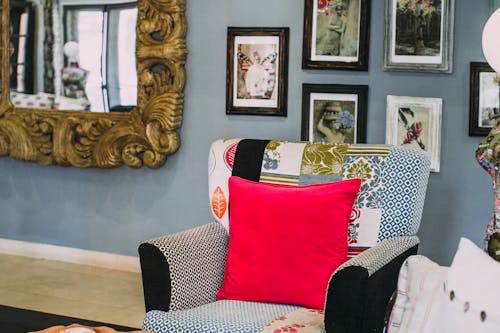
Plastic next to velvet, vintage next to IKEA, clashing palettes—these homes boldly combine what design once deemed incompatible. The result isn’t chaos—it’s charisma. It says the homeowner trusts their own eye more than a rulebook. Beauty is now about belief.
These pairings create friction, which invites curiosity. When you ignore the “don’ts,” you discover your “do.” Spaces that challenge norms often build deeper emotional resonance. The only rule left? Make it yours.
This post Why the Most Stylish Homes in 2025 Don’t Follow Any Rules was first published on Greenhouse Black.
